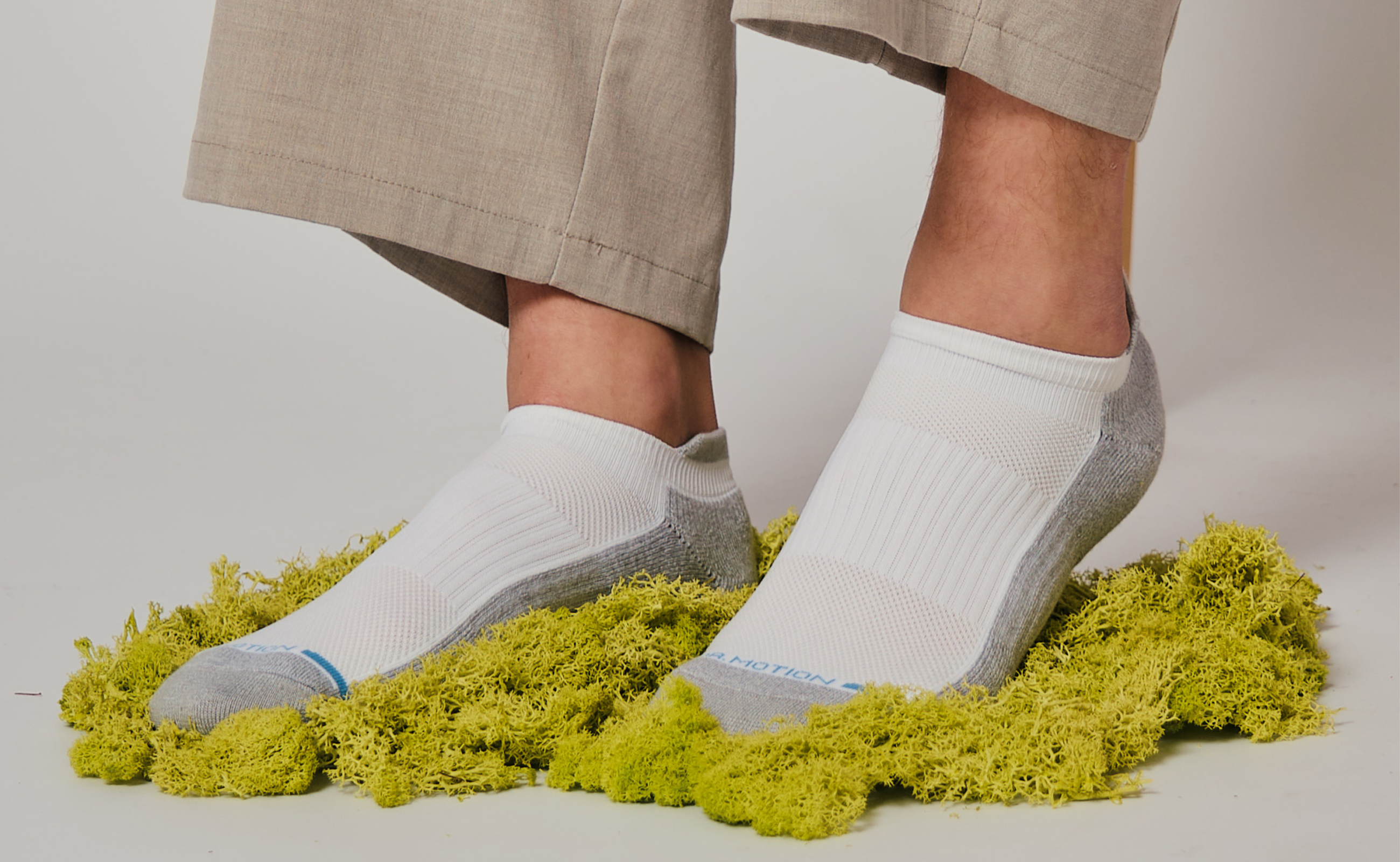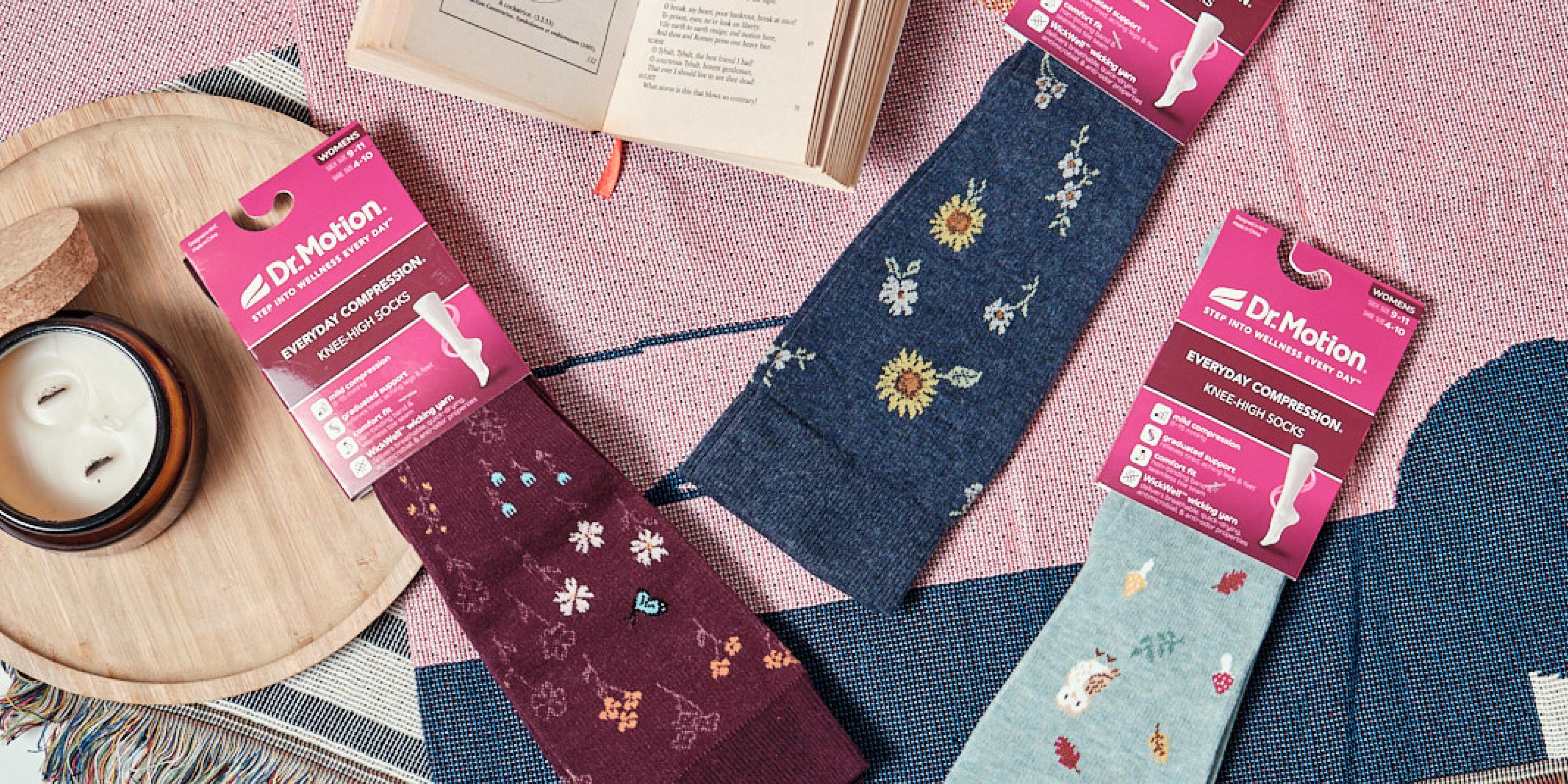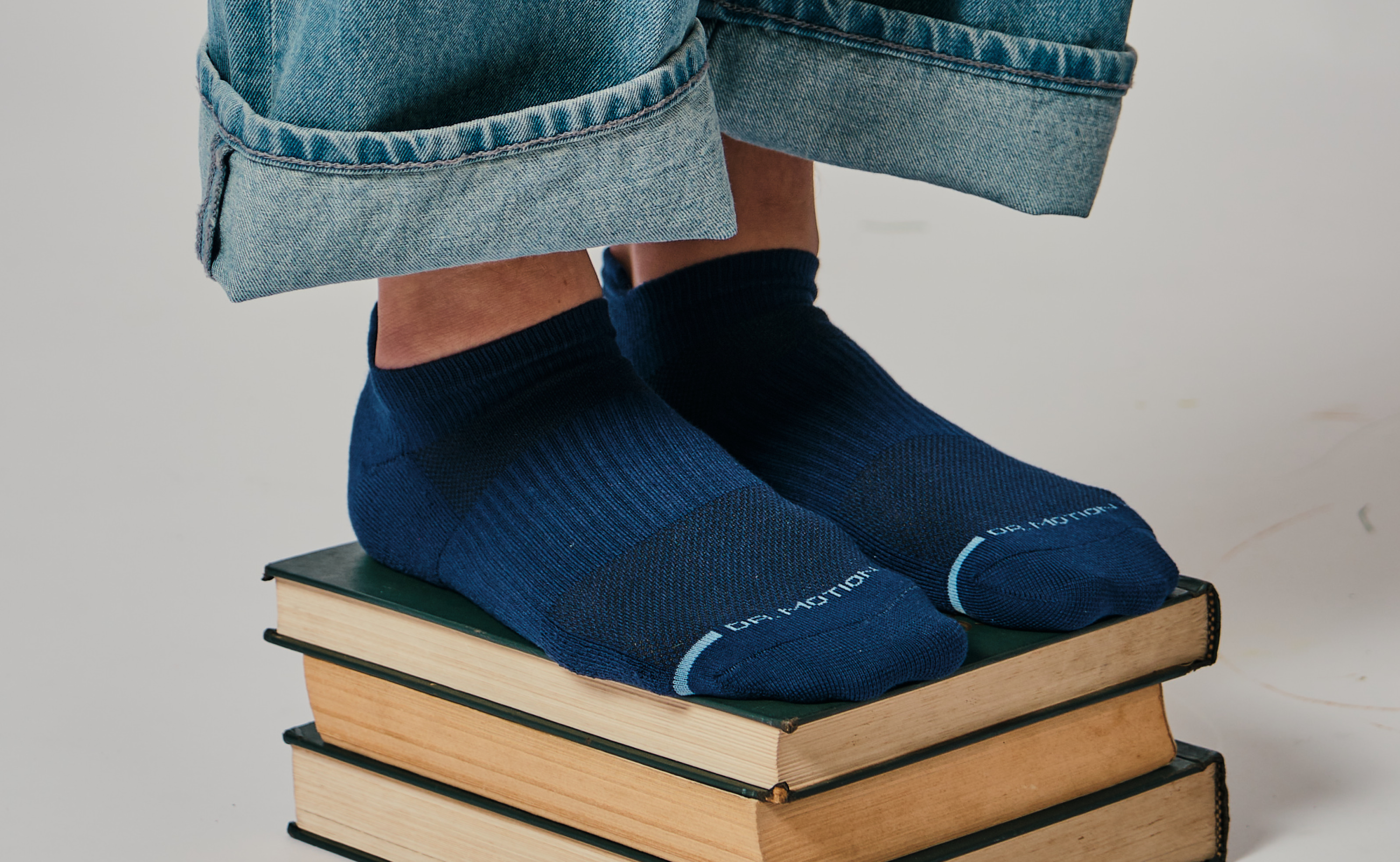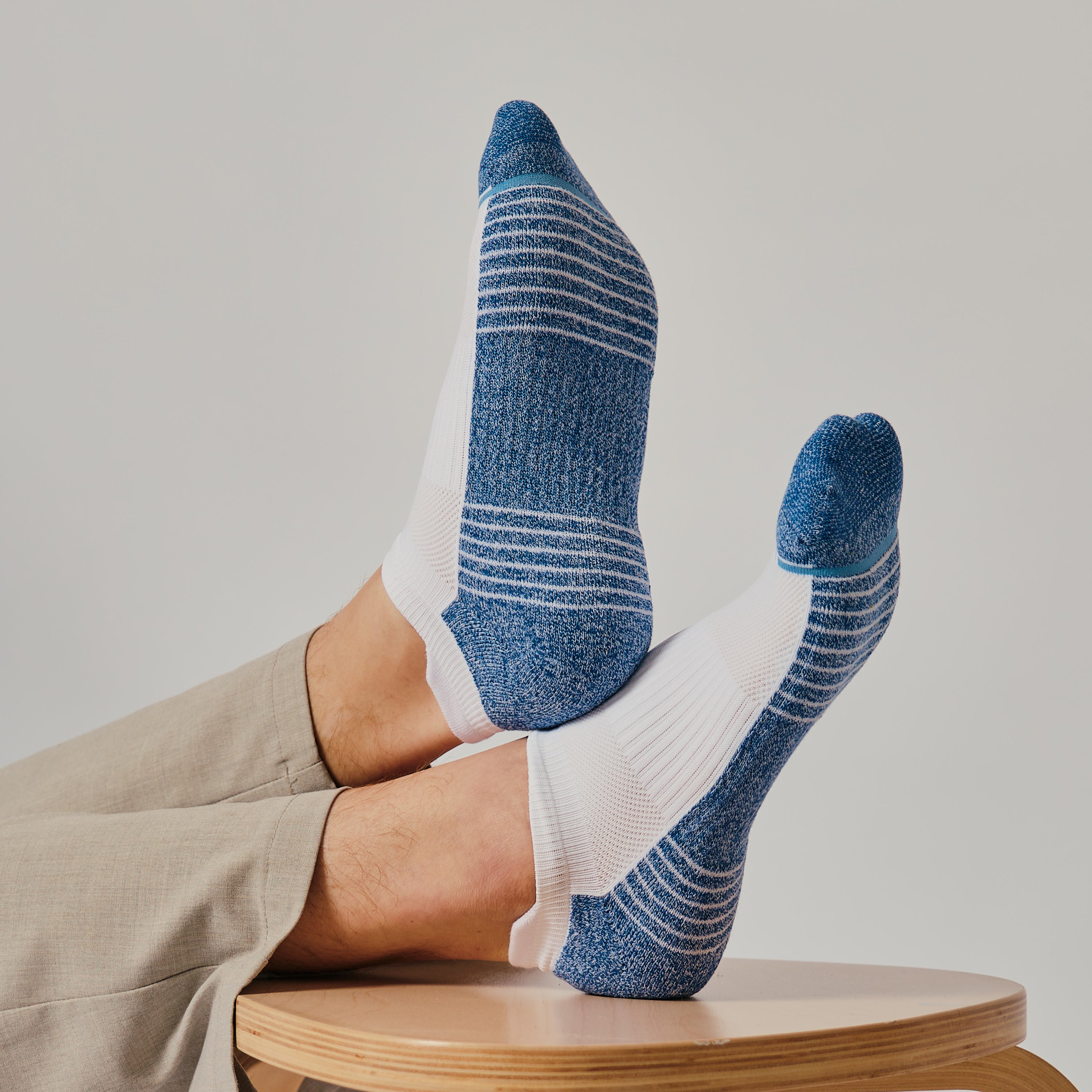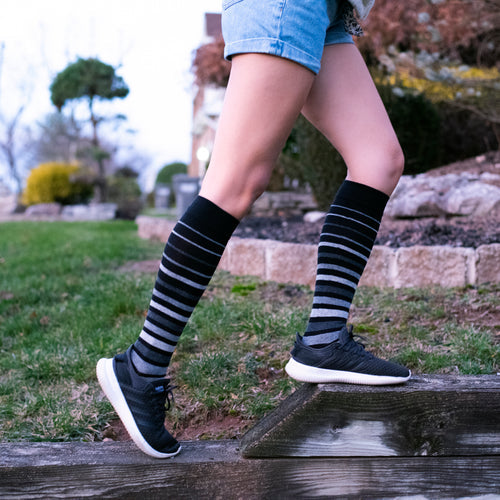How To Choose The Best Compression Socks
Compression socks are used for many reasons. They are worn to increase blood circulation in the legs when traveling, by workers that must stand for long periods of time, pregnant women, athletes, elderly people treating a medical condition or injury, and those trying to rid themselves of varicose veins. But, choosing the best compression socks means considering the length, the comfort, and pressure ratings of the specific compression socks.
CAN WEARING COMPRESSION SOCKS BE HARMFUL?
Wearing knee high compression socks is not dangerous, when worn correctly. For many people and situations, the greater danger is not keeping the blood flowing from the heart, to the legs, and back to the heart. Signs that your compression socks are not the right fit include:
-
Deep red marks at the knee cuff
-
A throbbing sensation in the leg
-
When socks feel too tight and uncomfortable
The remedy for these symptoms is not to stop wearing compression socks, but to buy a larger size or get more mild compression socks with less graduated pressure where less pressure is applied at the top of the compression stockings.
According to WebMD, you should not roll down or fold down the top of compression socks. They are specifically designed to fit right below the knee cap without cutting off circulation or reducing range of motion.

CHOOSING COMPRESSION SOCKS
Best Compression Socks for Pregnancy
When considering maternity compression socks, choose those that are available in different sizes for a better fit. This is especially important for women who gain weight during pregnancy and for women who may be on reduced activities while pregnant. Graduated compression socks are a great idea. Pregnant women should make sure the compression socks they choose don't squeeze the toes.
BEST COMPRESSION SOCKS FOR NURSES
Nurses are on their feet constantly, either moving or standing still for long periods of time. Here you may want to choose knee-high compression socks that are comfortable enough to be worn for eight or more, while still applying gentle pressure and promoting blood circulation. The improved blood flow will keep nurses energized and may prevent the feet from swelling, aching, or simply being tired. Nurses can also consider compression sleeves that cover the calf leg only, leaving the feet free.
BEST COMPRESSION SOCKS FOR TRAVEL
It is important for many people to choose compression socks for flying and for long car or train trips. Here’s how to choose compression socks for travel. Sitting for long periods of time can slow or prevent blood circulation to the legs. You can tell when blood flow may be interrupted or reduced by the following symptoms:
-
Legs tingling or throbbing
-
Numbness or pain in the legs
-
Leg or shin cramps

Compression socks for flying can help prevent a more serious medical condition. If you are medically prone to reduced blood flow, you may want to consider asking your doctor for a prescription to get compression socks that are available in different pressures depending on your specific needs. The American Classification of Compression Stockings rate graduated compression socks in strengths:
-
Low Compression - less than 20 mm Hg or class 1
-
Medium Compression - of 20–30 mm Hg or class 2
-
High Compression - greater than 30 mm Hg, or class 3
Dr. Motion designs and manufactures compression socks to help those who must stand for long periods of time, are traveling, or those who want the benefits of increased blood flow during pregnancy. Our socks are among the best compression socks for blood circulation improvement. For work, play, and travel, Dr. Motions Socks are available in classic colors or fun patterns to make wearing compression socks easier at the office or at the gym. They can be easily worn all day because they feature a mild compression level of 8-15 mm Hg. Explore our compression socks for men and our compression socks for women!
Disclaimer: This article provides information solely for educational purposes, including but not limited to text, graphics, images, and other materials contained herein. This article is not intended to substitute for professional medical advice, diagnosis, or treatment. Always seek the advice of your physician or another qualified healthcare provider with any questions you may have regarding a medical condition.



